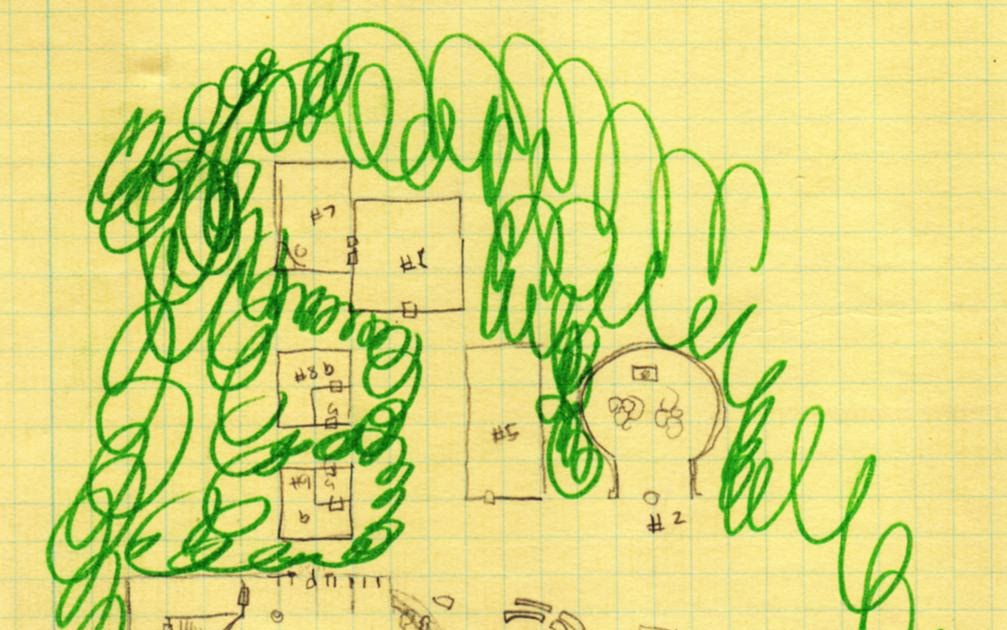Lychee of the Exchequer
Look into my eyes, mortals, and despair !
- Joined
- Oct 15, 2019
- Messages
- 300
- Reaction score
- 905
Hello to all of you,
Although I began playing (in truth refereeing ) D&D about 1981, with the Basic Moldvay set and The Keep on the Borderlands, I recently fancied myself with going even more back in time, by mastering G1 Steading of the Hill Giant Chief to some hapless victims... I mean, players !
Am I right in thinking G1 is the first module ever published by TSR (apart from the Temple of the Frog bit) ?
Also, because I find OD&D nigh unreadable (I know, I know... I'm an heretic ;-), I'm thinking of using Sword & Wizardry (Complete ?) to actually master the module.
Will I have thus the ultimate grognard experience ? Or must I tackle some Judges Guild module too ?
Although I began playing (in truth refereeing ) D&D about 1981, with the Basic Moldvay set and The Keep on the Borderlands, I recently fancied myself with going even more back in time, by mastering G1 Steading of the Hill Giant Chief to some hapless victims... I mean, players !
Am I right in thinking G1 is the first module ever published by TSR (apart from the Temple of the Frog bit) ?
Also, because I find OD&D nigh unreadable (I know, I know... I'm an heretic ;-), I'm thinking of using Sword & Wizardry (Complete ?) to actually master the module.
Will I have thus the ultimate grognard experience ? Or must I tackle some Judges Guild module too ?






 ! So, thank you.
! So, thank you.
